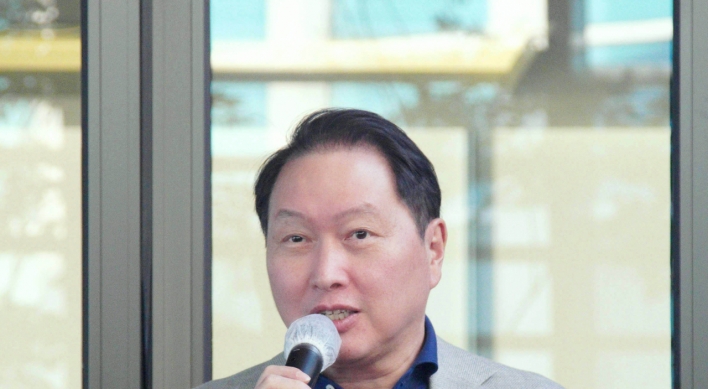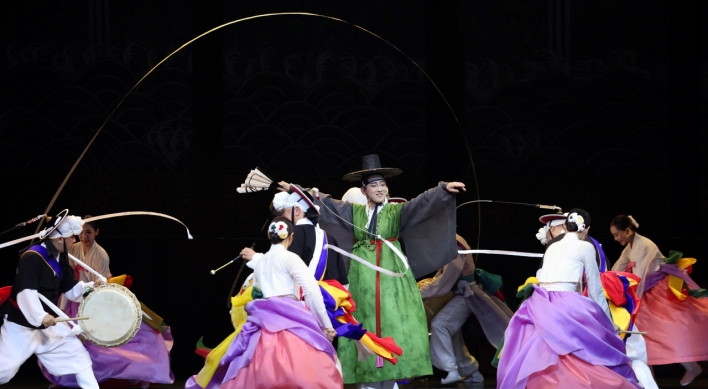However, there is another side to this currency reform that signals a remarkable, paradigmatic change in the political system of North Korea.
Symbolism is a historical and cultural heritage and has always been part of North Korea`s communication style. Often, foreigners pose for official photos in front of beautiful orchids and begonias without knowing that every North Korean without fail associates these with Kim Il-sung and Kim Jong-il. A picture of the Crater Lake on Mount Baekdu symbolizes the proud tradition of the anti-Japanese guerillas, and wild ocean waves breaking at sturdy rocks symbolize the Korean nation`s determination to withstand outside pressure and aggression.
language="JavaScript"src="/khjs/banner/article_340.js">
Against this background, the new North Korean currency tells a remarkable story with far-reaching implications. The 50, 10 and 5 won bills show the people of North Korea. We notice that the Workers Party (50 won) is valued higher than the military (10 won) and that the farmers are missing altogether; the 5 won bill honors the technical intelligentsia. Does this signal a return to the times when the Party was firmly in charge and the military was its instrument? No matter how we interpret this, there is certainly a lot of food for thought.
The mid-size bills are the least exciting. The 500 won bill shows the Arc of Triumph symbolizing Kim Il-sung`s defeat of the Japanese colonialists. The 200 won bill shows the winged Cheollima horse, the symbol of the North Korean version of the Great Leap Forward that was resuscitated in December 2008. The 100 won bill depicts the Magnolia, the country`s national flower.
The truly significant message is to be found on the three highest bills.
Not unexpectedly, on the 5,000 won note, we find the Eternal President Kim Il-sung. Comparing this to the bills issued in 2002 with somewhat timeless pictures on which he has black hair and seems to be in his 50s, he is now depicted as an elder man, with grey hair. He is the senior, the first generation.
The 2,000 won bill is the most remarkable piece of the new currency: it complements the message of the 5,000 won bill by showing the second generation, providing a symbolic reference to Kim Jong-il. Never before has this been done in North Korea. The bill shows the log cabin at the "secret camp" beneath Jong-il Peak, where Kim Jong-il was born in February 1942 according to official North Korean mythology. On the back side we find Mt. Paektu, symbolizing Kim Jong-il`s revolutionary roots. Kim Jong-il`s close connection to his father is symbolized by the 1,000 won bill that at its back side depicts the Samjiyeon lakes near Mt. Baektu, the place where father and son had a famous picture taken together.
<**1>
If we translate the message of the new 5,000, 2,000 and 1,000 won bills into simple language, they say: Kim Il-sung has founded the country and led it successfully. He is the first, senior generation of our glorious leadership. The second generation is now in charge, with Kim Jong-il carrying on the proud tradition of the anti-Japanese guerilla fight and our revolution, being firmly and closely connected to Kim Il-sung, the Eternal President. Kim Il-sung is not presented as "the" leader anymore, but as the first and most senior leader. If there is a first and a second generation, this creates room for a third one.
The message that Kim Jong-il carries on the work of his father is hardly new; it can be found frequently in official North Korean media such as the Rodong Sinmun. Kim Jong-il`s picture has for many years hung next to the images of his father in every home and office in North Korea. However, so far there was no Kim Jong-il statue in North Korea, no Kim Jong-il street, no Kim Jong-il plaza, no Kim Jong-il university, no Kim Jong-il Art School, no Kim Jong-il theater. And there was no reference to Kim Jong-il on the country`s currency.
The latter has been changed now, and we can expect the other "no`s" to follow. This is far from being a meaningless formality or another bizarre image from a strange country. It breaks with a logic that has been the foundation of Kim Jong-il`s power ever since he officially resumed control of North Korea in 1997 after a three-year mourning period. Kim Jong-il has always made it very clear that he leads because legitimacy has been transferred to him by Kim Il-sung. This made it impossible to challenge him without automatically questioning the authority of Kim Il-sung, which is unthinkable in North Korea.
This has worked well; it protected Kim Jong-il and ensured that his claim to power was uncontested. However, as the issue of succession emerged, this strategy became a problem. Kim Jong-il can only bestow legitimacy upon the next generation if he possesses enough of his own independent and genuine legitimacy. North Korea needs a strong leader(ship) who can check the centrifugal powers of economic malaise and outside pressure. A successful transfer of power to Kim Jong-un -- or to a committee -- would require Kim Jong-il to create his own, independent legitimacy first. The development of the atomic bomb is an achievement that could substantiate such a claim. Now, the ideological implementation follows.
Kim Jong-il is stepping out of the shadow of Kim Il-sung. He takes a great risk by exposing himself in such a way; but this is inevitable if he ever wants to be able to transfer power actively -- either to his son, or to a collective. Technically, the new North Korean currency is an attempt to bring the economy back under control. But the picture of the elderly Kim Il-sung, the first-ever appearance of Kim Jong-il, and the reminder that these two leaders form a unity and that the Party is above the military also indicate that a power change in North Korea is drawing closer.
By Rudiger Frank




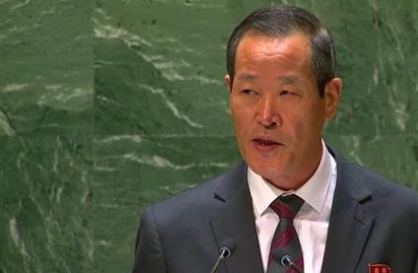

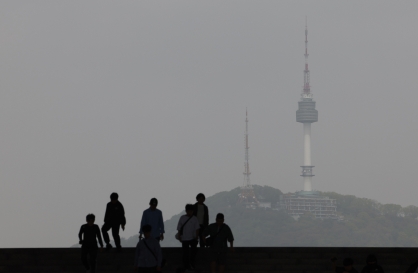
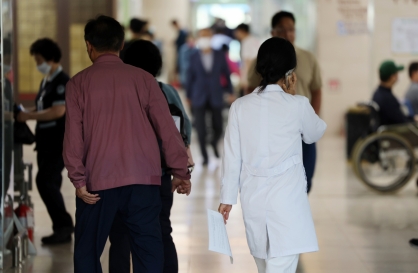

![[AtoZ Korean Mind] Does your job define who you are? Should it?](http://res.heraldm.com/phpwas/restmb_idxmake.php?idx=644&simg=/content/image/2024/05/06/20240506050099_0.jpg&u=)






